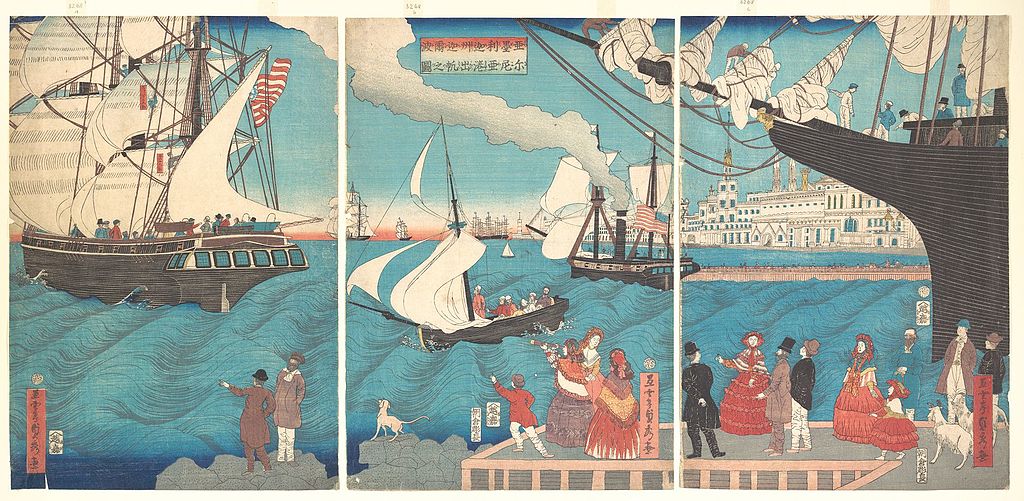Modern World History
Taught: Spring 2020

History 1050 begins at the dawn of the truly global world. When Christopher Columbus reached the Americas in 1492 the world’s cultures became connected in a way that changed the lives of people on all inhabited continents. Beginning in the sixteenth century, people in the Americas, Europe, Africa, Asia, and Oceania became increasingly interconnected and dependent upon each other. Through expanding empires and developing global trade networks, individuals across the world came into contact with new kinds of people, ideas, beliefs, animals, plants, food, and manufactured goods. This course will discuss these early interactions and the consequences of this interconnected world up to the early twenty-first century through a world historical lens that will focus on the experience of non-Western peoples. Through both secondary literature and primary sources, the course will investigate themes such as the development of capitalism, the process of industrialization, and the rise and decline of empires, while constantly examining cultural changes that affected the common woman and man as much as kings and queens. At all points emphasis will be placed on historical thinking and trying to better understand past cultures rather than memorization of facts, figures, and dates.